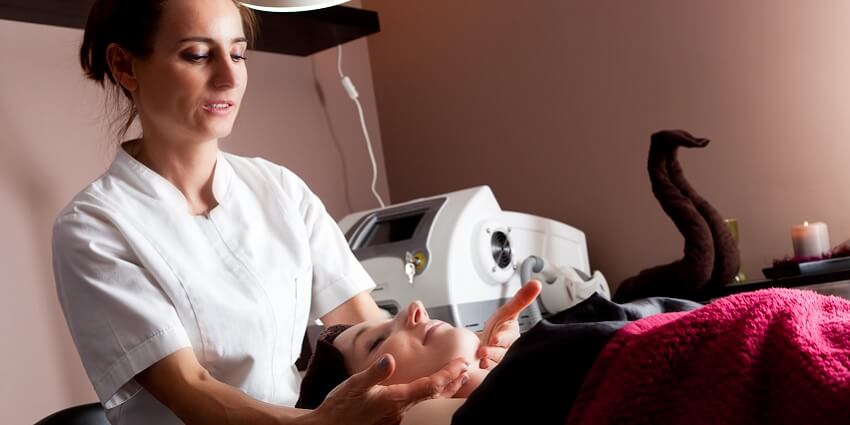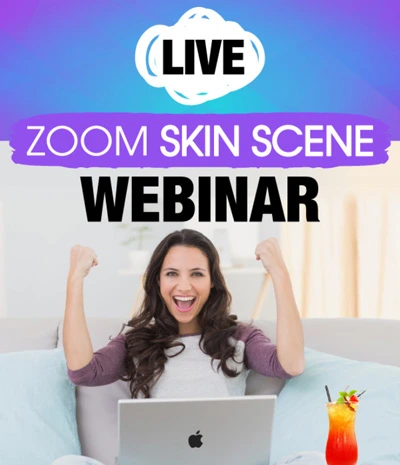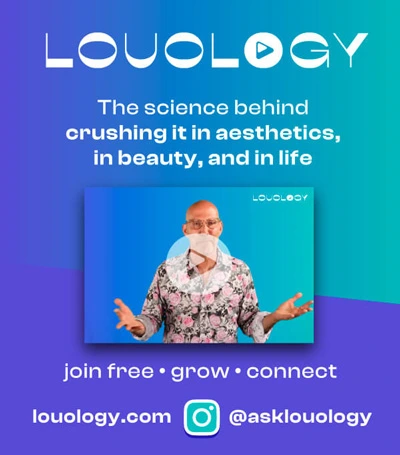$pa Marketing: Sell Stories, Not Services

What if I told you that you could easily be a top salesperson—without even focusing on “making the sale?” And that, even if you have zero background in sales or marketing, you already possess the ability to win over even the most reluctant purchaser? Well, you do, and all you need is the magic formula—one that doesn’tinvolve traditional sales tactics.
The “traditional sales formula” looks something like this:
Step 1: Outline the benefits of the product or service.
Step 2: Offer a competitive price or special deal.
Step 3: Convey a sense of urgency: This price is good for today only!
Step 4: Overcome any objections.
Step 5: Close the deal.
While this formula works well in many industries, such as cars or computers, it doesn’t translate so well to the world of esthetics—in large part, because our industry is heavily based on touch, feel and personal experiences.
Clients want to see and hear success stories, as well as receive information about the benefits to them of a specific product or service. They also want 100% confidence that the product or service will work. As service providers, we don’t convey these things successfully by employing heavy sales tactics; instead, we create excitement, enthusiasm and conviction by telling stories.
Selling Vs. Storytelling
Let’s look at two different sales scenarios. Esthetician No. 1’s client is concerned about blemishes and uneven skin tone, and No. 1 knows that one of her signature peels would do wonders for the client’s skin. Using the traditional sales formula listed above, #1 suggests a
Using the traditional sales formula listed above, No. 1 suggests a peel and states that if the client will buy a package of three, she’ll get a better result. When the client says she isn’t sure it’s something that would work well for her dark skin type, No. 1 assures her that it would, but she needs to make the purchase today because the package price is soon expiring.
Maybe the client purchases a peel, maybe she doesn’t. Maybe she gets three peels and even sees improvement in her skin tone but never returns after that. Why? Because there was no excitement, enthusiasm or conviction factored into her purchase. There was no personal connection made with esthetician No. 1, and quite frankly, the client can get a good peel anywhere, and maybe even cheaper.
Esthetician No. 2 has the same client. But instead of jumping into sales mode, No. 2 puts on her storyteller’s hat, relaying a similar problem that she had as a teenager, and how acne really hurt her self-confidence. No. 2 explains that she tried everything from harsh soaps to dermatologist-recommended creams—she even made dietary changes, but nothing worked until a friend recommended a series of chemical peels.
Wow, she says—my skin completely changed after that. I stopped breaking out and even got rid of some superficial acne scars, just by getting peels!
Now, the client’s ears have perked up. She asks how the peels work, how much do they cost, would they be right for her skin type, and the million-dollar question—Do you do peels here at this spa?
The storyteller formula works because it creates a connection, invoking emotion from both parties. The service provider doesn’t feel pressured to close the deal, and instead, can focus on simply sharing something about which she feels passionate. Likewise, the client doesn’t feel pressured to make a purchase; she’s thinking about how the story relates to her, and how the product or service could improve her own skin and self-confidence.
Likewise, the client doesn’t feel pressured to make a purchase; she’s thinking about how the story relates to her, and how the product or service could improve her own skin and self-confidence.
Storytelling Beyond the Treatment Room
Everyone in your spa should be on the same page when it comes to selling stories, not services—and that includes your front desk. The service provider should write down her suggestions for the client and bring them to the front desk, where the staff member can underscore what the client learned in the treatment room by adding her own personal story about the product or service.
In the world of esthetics, pushing products and naming specials of the month may get you a few sales, but it won’t create a lasting and personal connection with the client. And as I always say, in our business, people tend to buy people and what they have to offer, far more often than they will buy products or services.
Louis “The Laser Guy’s” Top Tips for Selling Stories, Not Services:
- Ideally, stories shared with clients should be something you have personally experienced. But if that isn’t possible, tell a story about a friend or another client.
- Always factor in excitement, enthusiasm and conviction to your stories.
- Be patient—sometimes it takes more than one try to successfully “plant a seed.” Never rush an opportunity to build trust with a client; once it’s firmly in place, however, they’ll be yours for life.








